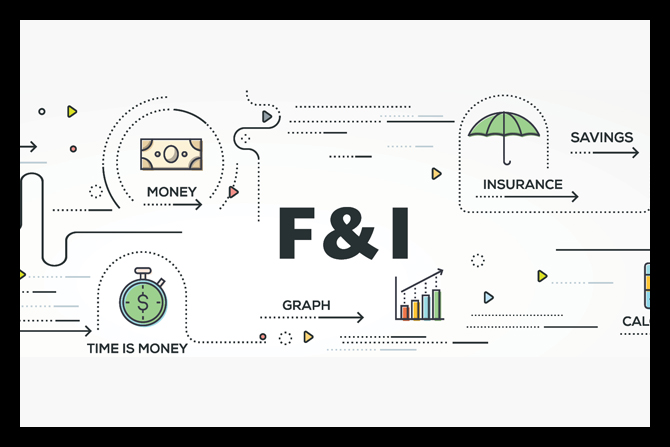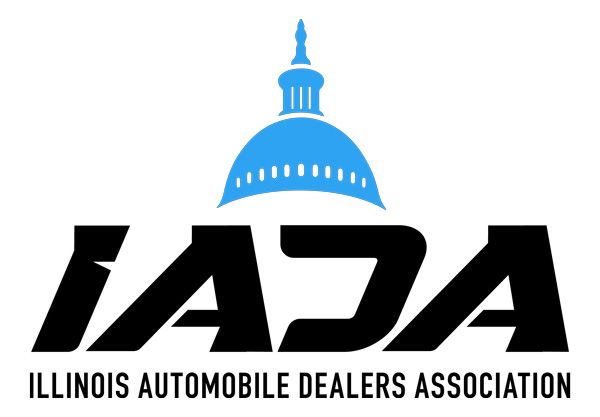Delivering a superior service experience is the goal of every business. To achieve this goal, dealers must build a service experience that is both efficient and friendly. Achieving this balance can be difficult, but with the help of some fantastic technology, it’s not impossible. In this article, we will explore the steps necessary to create a consumer-friendly service experience that is also efficient.
The Check-in Process
The check-in process is a crucial part of the overall customer service experience. It sets the tone for the entire service experience. As such, it is essential to get it right to deliver a truly consumer-friendly experience. By looking at other industries with check-in processes, we can learn from their operations and apply them to our own.
My veterinarian reminds me of my appointment more frequently and in a fun and friendly way (think texts with dog emojis) than the appointments I have booked online for my car. The emojis might seem childish, but it makes me smile when I see the text, and I open the text to read the whole reminder. My dealership could do better with the appointment reminder process or the linkage between what I have already filled out online and the questions I am re-asked when I get into the service lane. This level of accessible customer service keeps me coming back.
Similarly, the automotive industry could take a cue from the airlines and ensure they check in customers as quickly as possible.
I know what you are thinking. Really, the airline industry? But take yourself back 10 years before the kiosks and bag drop, when everyone waited for a live person to help them. I remember my first kiosk experience with Delta, thinking, “This is never going to stick,” but now it is the rule, not the exception. The airlines invested in consumer apps to smooth processes and satisfy the desire for self-service. They also changed their operations, funneling the travelers to the kiosks the minute they walked in the door with a greeter.
The key is providing an excellent check-in process, where your consumer can self-service the things that make sense, and your advisors use the data supplied by that consumer to check in quickly and efficiently. Waiting and standing in line is rarely an enjoyable experience and not one that consumers want to repeat. However, by providing a simple, efficient and friendly check-in process, you can start your service experience on a positive note.
The Waiting Area
One of the essential parts of creating a consumer-friendly service experience is ensuring your waiting area is as inviting and efficient as possible. There are consulting companies that do this full-time for the medical industry. For example, having a quiet, safe and clean environment is essential. Even something as simple as comfortable chairs, bottled water and snacks can make a world of difference. Complimentary Wi-Fi is always appreciated to allow your customers to stay connected with their busy lives.
Additionally, providing timely information about what is going on with their vehicle and pushing video content to the consumer’s device can keep them in the waiting area and not coming back to the drive to ask additional questions. Consider giving customers the option to upgrade additional repairs while they wait. A big plate glass window for added transparency will reassure the customer about the work being completed on their vehicle, avoiding questions regarding the services.
Having a comfortable and productive waiting area will help ensure customers have a friendly automotive service experience.
Overcommunicate
Clear communication with consumers is critical to providing a friendly service experience. Technology can be used to streamline the process, as well as provide transparency throughout the duration of the service. A communication system that keeps customers informed throughout the process should be a priority.
From the time of check-in, customers should be given an estimate that makes them aware of the approximate time and cost of their services. The estimate should list all the suggested services and the rough cost for completing each service. Upon the customer’s review and agreement, the customer will sign the document, ensuring there are no surprises once everything has been completed. Prices should never be a surprise, so communicating with the customer is vital for transparency.
Plenty of research shows most consumers prefer text as the best way to reach them because it allows for concise yet detailed updates that won’t take too much of the consumer’s time. Through the use of text updates, customers will have the ability to stay on top of their service and make any necessary changes that they may require. I have witnessed certain regionally based demographic tendencies — think South Florida — where text is not always best. You know your client base!
Transparency is also vital to providing a consumer-friendly service experience. It is essential to allow customers to view updates to their service or inform them of any changes that could impact the service’s completion. Good news can be delivered autonomously, as it won’t require any action from the customer. Bad news should always be delivered in person so that the customer can fully understand and respond to the issue.
Finish Strong
Completing the service experience in a consumer-friendly way is just as important as the beginning of the process. Ensure that the bill does not surprise the consumer and take payment their way. Offer payment options such as online, in an app, through SMS or at the cashier station. Use technology to allow the technician to show and tell what repairs were made to the vehicle and ensure the consumer knows what was done and why it was necessary. The client that brought the car in for service may have a partner, not with them, who wants to understand what repairs were made. Lastly, follow up with the consumer one to two days after completing the service to ensure there are no lingering concerns. Following these steps will ensure consumers have a friendly and satisfactory service experience.
Sharon Kitzman leads the launch and long-term growth of Dominion DMS. Previously, she managed the strategic direction and product development for Reynolds & Reynolds and Dealertrack. Her experience spans every area of dealership software development, including sales, marketing, product lifecycle management, process re‑engineering, OEM management, professional services, and customer services.
Kitzman is a recognized leader in the automotive industry for her expertise in DMS technology. She received numerous accolades for her leadership, including Automotive News Top 100 Leading Women 2015 and 2020, Auto Remarketing Women in Retail 2021, and AutoSuccess Women at the Wheel 2021. She has a Bachelor of Business Administration from Ohio State University.
Listen to our VUE Points podcast to stay up to date with news and current events related to the automotive software and retail industry. https://www.dominiondms.com/podcasts/











